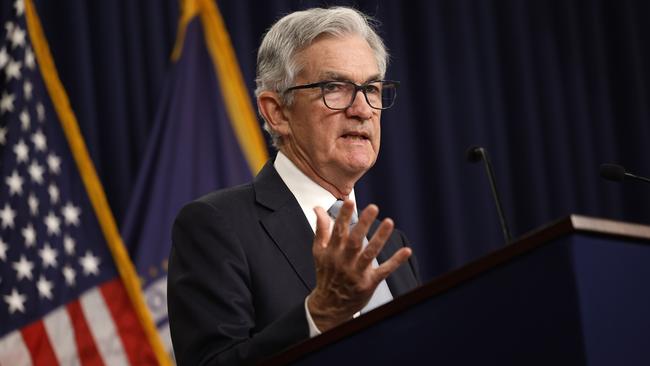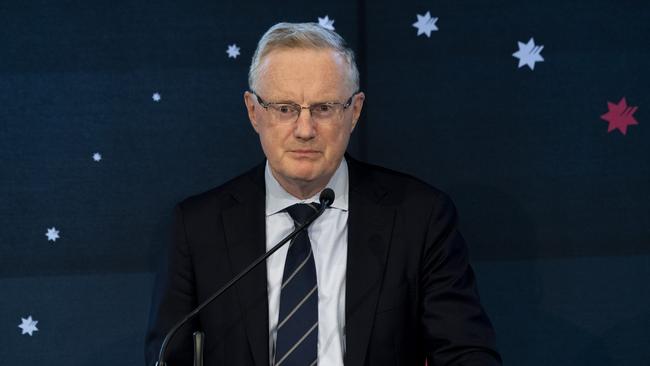
On Tuesday, our market leapt 100 points after the RBA delivered only a 25-point rate hike, and then added another 40 points on Wednesday.
As I explained, our share market isn’t usually that sensitive to RBA official interest rate moves – it’s more driven by what the Fed does with its rate and how that impacts on Wall Street.
Indeed, the Tuesday move – and its consolidation Wednesday – for our market was ultimately as much about the Fed and Wall Street: the expectation that had been building all through October that the Fed would ‘pivot’, that’s to say go soft, with its statement early Thursday morning our time. Well it didn’t.
I have to admit I was surprised at how really – and realistically – tough Fed head Jerome Powell was, in delivering and explaining the Fed’s fourth successive 75 point hike.
To stress the point, that’s three times the piddling 25-pointer we got from RBA Governor Lowe and his puppet nodding-like board.
So, after an initial ‘miscall’ on the street – when the Dow actually went up a tad – it then dropped 750 points to finish 500 points down on the day.

So our market gave back almost all – 129 points – of the preceding two-day gain.
We shall of course ‘see’ how it all plays out over the next few weeks, and indeed into 2023 – and, most especially whether Powell and the Fed deliver on their tough-talking.
Those 500 lost points for the Dow are only a small part of the 4000 points that had been added in October in anticipation of the Fed going soft, with our market being dragged up by a more modest 6 per cent or so (after Thursday’s drop).
There are two ways of looking at that.
There’s an awfully long way for Wall Street – and our market – to drop if Powell and the Fed do ‘deliver tough’.
The December Fed meeting just before Christmas becomes absolutely, well – there is only one word – pivotal.
But equally there’s probably not too much upside left for Wall Street if Powell does soften, especially on a ‘soft softening’.
Even after Thursday (Wednesday New York time), the market has pre-priced much if not all of any realistic softening.
That’s especially so if he softens on a significant slowing in the US economy which would be bad for corporate profits and so price-earnings ratios; and so in turn setting up an analytical race between PEs and interest rates.
The most instructive – and potent – takeout from Powell’s comments at the press conference after the announcement, which saw realism seeping through Wall Street, was his discussion about the real Fed policy interest rate.
That is to say, after you take away the inflation rate.
Right now it’s still negative.
The Fed rate is now 3.75 to 4 per cent as against the 5.1 per cent on the inflation index the Fed looks at, far less the 8.2 per cent headline US CPI.
Now, he most certainly did not commit to taking – or even suggest that he might take – the Fed rate above that basic inflation rate.
But he did open the door in a way we have not seen from RBA governor Lowe, who I don’t think has mentioned real interest rates all year, with the RBA’s 2.85 per cent still highly stimulatory, in real terms, with headline inflation at 7.3 per cent.
Yes, it’s very different. Home loans in Australia are almost all priced off the RBA’s rate.
In the US they are almost all priced off long-term bond rates.
But Wall Street – and our market – are directly priced off the Fed’s policy rate and expectations of where it might go.
So Powell’s tough realism is all-critical.




So, ‘Phil’s relief rally’ has been immediately slapped down by ‘Jerome’s reality check’.